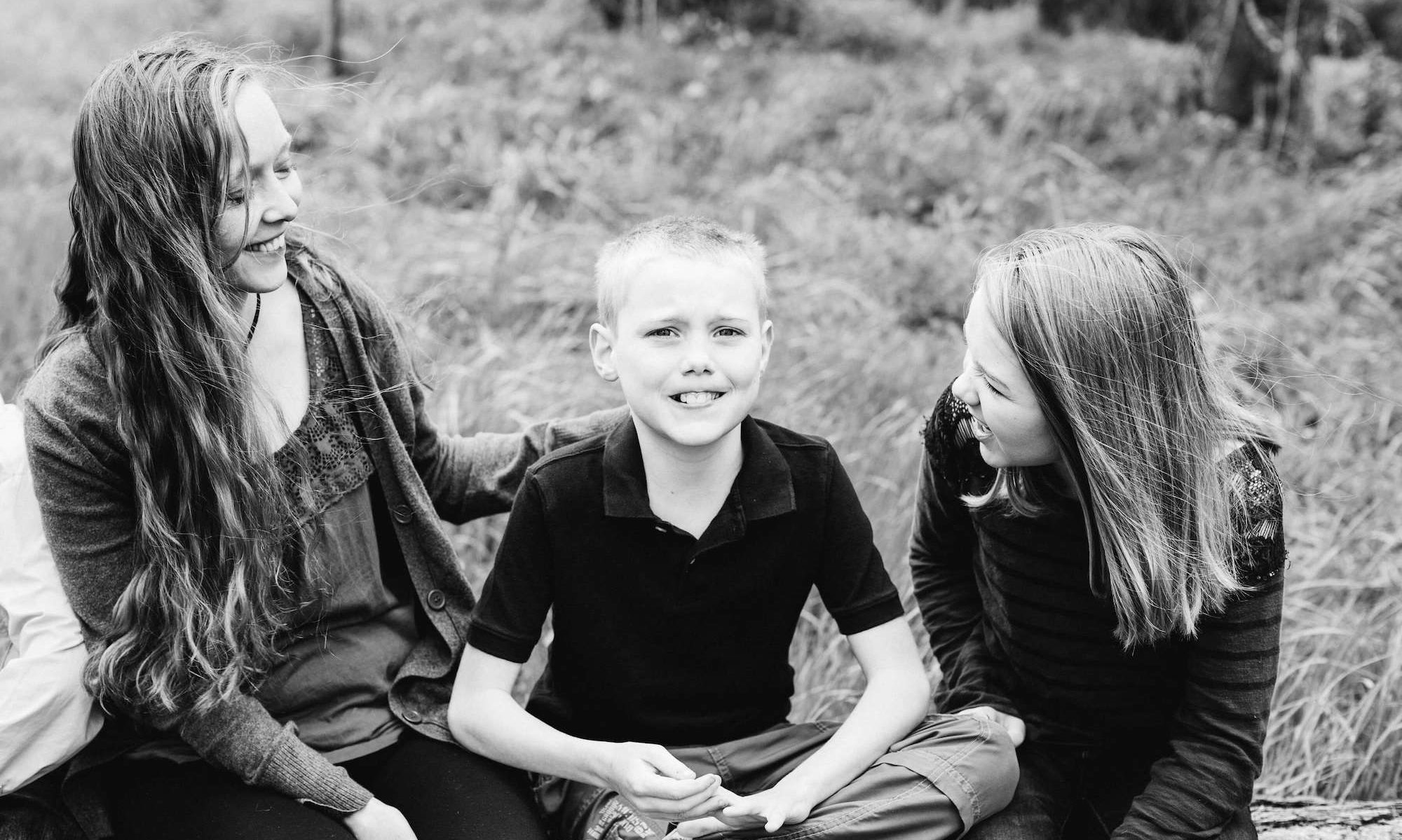Good Question! Here are a couple of clinical definitions:
From the Autism Society
“Autism is a complex developmental disability that typically appears during the first two years of life and is the result of a neurological disorder that affects the functioning of the brain, impacting development in the areas of social interaction and communication skills. Both children and adults on the autism spectrum typically show difficulties in verbal and non-verbal communication, social interactions, and leisure or play activities.
Autism is one of five disorders that fall under the umbrella of Pervasive Developmental Disorders (PDD), a category of neurological disorders characterized by ’severe and pervasive impairment in several areas of development.’ ”
From the Mayo Clinic
“Autism is one of a group of serious developmental problems called autism spectrum disorders (ASD) that appear in early childhood — usually before age 3. Though symptoms and severity vary, all autism disorders affect a child’s ability to communicate and interact with others.
It’s estimated that three to six out of every 1,000 children in the United States have autism — and the number of diagnosed cases is rising. It’s not clear whether this is due to better detection and reporting of autism, a real increase in the number of cases, or both.
What is clear is that though there is no cure for autism, intensive, early treatment can make an enormous difference in the lives of many children with the disorder.”
Here’s what it means for us
Autism means our 4 year old is developmentally delayed, and spends most of his time in his own world, which apparently looks and sounds different to him. It means he can’t connect the dots between thoughts and feelings. It means he doesn’t make eye contact. It means he doesn’t sense danger. It means that parenting is a whole lot more complicated than it used to be. And it means that we’re going to have to be curious, creative, tenacious, and patient in our training.
